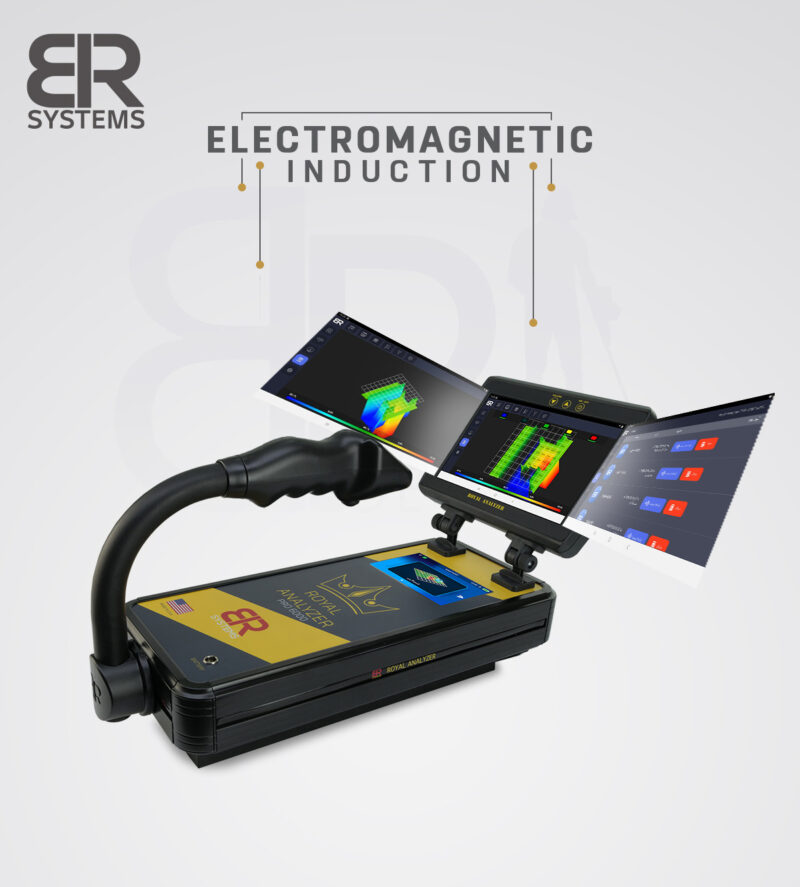Gold hunting has come a long way from the days of simple pans and shovels. Modern treasure hunters and professional prospectors now rely on advanced technology to uncover what lies beneath the ground. Among the most impressive tools available today is the 3D gold scanner detector. Unlike traditional detectors, these devices use sophisticated scanning systems to create detailed images of underground objects, making prospecting more precise and efficient.
If you’ve ever wondered why serious gold hunters invest in these machines, the answer lies in the remarkable benefits they provide. From advanced imaging to depth analysis, these detectors give users a significant advantage in identifying hidden treasures.
Advanced Imaging and Visualization
One of the standout benefits of a 3D scanner is its ability to provide visual data about underground targets. Instead of just receiving a tone or signal, users can see a graphic representation of what lies beneath. This makes it easier to distinguish between valuable metals and ordinary debris.
When investing in such technology, choosing a specialized 3d gold scanner detector ensures that you’re getting accuracy in both imaging and detection. These scanners allow you to interpret data in real time, reducing unnecessary digging and improving the efficiency of your treasure hunting.
Depth Analysis and Precision
Another critical advantage of 3D scanners is their depth measurement capability. Traditional detectors may alert you to the presence of metal, but they often fail to indicate how deep the object is buried. A high-quality scanner offers depth analysis, giving you a better idea of the size and exact position of a target.
This is where professional tools like the Royal Analyzer Pro 6000 come into play. Designed for accuracy, this device combines powerful scanning features with precision engineering, making it one of the most trusted machines for professional treasure hunters. Knowing how deep a target is located helps save time and effort, especially in rough terrain where digging can be physically demanding.
Greater Accuracy in Mineralized Soils
Gold is often found in highly mineralized soils, which can cause false signals with basic detectors. 3D scanners are designed to filter out these signals and focus only on real targets. With advanced discrimination features, they reduce the frustration of chasing false alarms and give prospectors more confidence in their search.
For anyone who has spent hours digging only to uncover worthless items, the accuracy of a 3D gold scanner is a game-changer. It’s this ability to distinguish between metals that makes these detectors worth the investment for serious users.
Time-Saving and Efficient Prospecting
Efficiency is everything in gold hunting. A standard metal detector might require hours of digging based on uncertain signals, but a 3D scanner dramatically reduces that time by giving more reliable data. With clearer visualization and accurate depth readings, users can focus only on promising areas.
The time saved can be reinvested into covering more ground, exploring new sites, and increasing the overall chances of success. For both hobbyists and professionals, this efficiency translates into a more rewarding and less exhausting experience.
Versatility Across Environments
3D gold scanners are not limited to one type of terrain. Whether you’re exploring rocky landscapes, sandy deserts, or riverbeds, these detectors adapt to different conditions. Many models are designed with multiple modes and settings, allowing you to customize performance for the environment.
This versatility is crucial for prospectors who travel to different sites. A single machine that performs well in varied conditions is far more valuable than owning multiple specialized tools.
Durability and Professional Build
Gold hunting is not a gentle hobby—it often means trekking through rough terrains, extreme weather, and challenging environments. That’s why modern 3D scanners are built to last. From rugged designs to water-resistant features, these detectors are engineered for long-term use.
Professional users often emphasize the importance of ergonomics as well. A lightweight and well-balanced machine ensures comfort during long hours in the field, making the detecting process less tiring and more enjoyable.
Confidence and Professional Results
Perhaps the greatest benefit of using a 3D scanner is the confidence it provides. Instead of second-guessing signals, you know what type of target you’re dealing with, where it is located, and how deep it lies. For professional treasure hunters, this confidence translates into better results and higher success rates.
Amateurs too can benefit from this confidence boost. Even without years of experience, a high-quality scanner bridges the knowledge gap and helps beginners make more accurate decisions in the field.
Conclusion
The advantages of using a 3D gold scanner detector are undeniable. From advanced imaging and accurate depth analysis to efficiency, versatility, and durability, these machines represent a significant leap forward in prospecting technology. Tools like the Royal Analyzer Pro 6000 highlight just how far detection technology has come, offering professionals and hobbyists alike the chance to uncover hidden treasures with greater precision.
For anyone serious about gold hunting, investing in a 3D scanner is more than just an upgrade—it’s a transformation in the way you approach treasure hunting. With the right machine in your hands, every expedition holds the potential for discovery.




